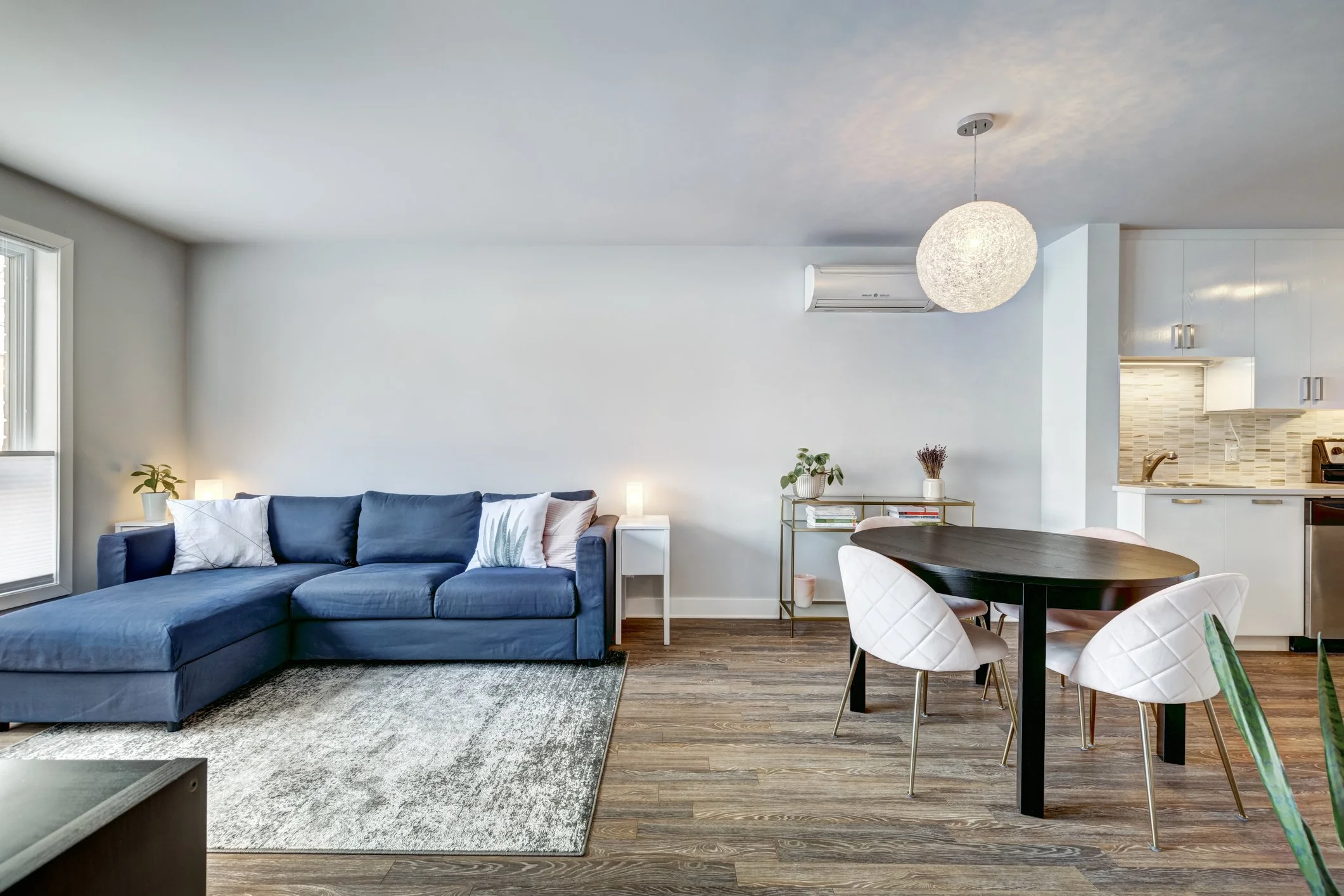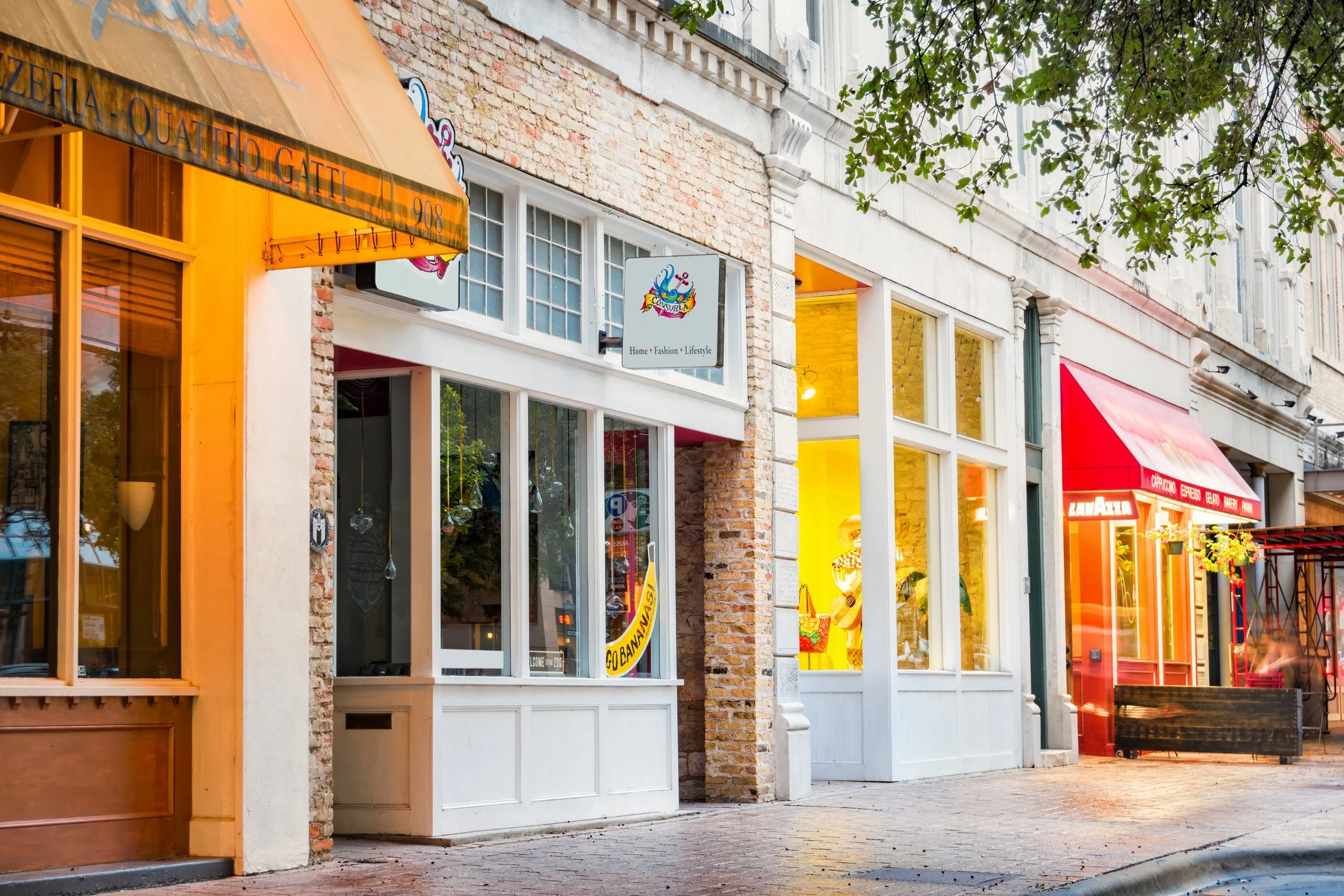
Potential
projects
Collective Projects, Broad Possibilities
Real estate offers a range of possibilities beyond the usual single-family rental. Our network aims to collectively explore different property types and business models—particularly those that might require significant time, funds, or specialized skills. By working together, we can share costs and responsibilities, enabling us to consider projects that might be impractical for individuals on their own. Below are a few examples that highlight the variety of real estate ventures we can explore together.
Rent-by-the-Room
With the new Blue Oval plant expected to draw many workers living too far away for a daily commute, there is likely to be strong demand for affordable, weekday housing. One way to meet this need is by purchasing standard three-bedroom, two-bath homes and repurposing the living and dining areas into extra bedrooms—effectively creating five-bedroom properties. Another approach could involve placing manufactured homes or other types of housing on a suitable lot, offering several independent living spaces in one location. Because land acquisition and property modifications in a growing market can be costly and time-intensive, collaborative ownership makes both the financing and daily oversight more manageable.
Midterm Rentals
Midterm rentals cater to tenants needing 30–90 day stays, such as traveling nurses or professionals on short-term assignments. Furnishing a property and managing rotating tenants can be demanding, but when several people share the workload or costs, it can become more manageable. This format often yields higher monthly rates than a standard lease, while still appealing to reliable occupants.
Short-Term Rentals
Short-term rentals can bring in premium nightly rates, but they also involve more frequent turnovers and associated tasks like cleaning, guest communication, and maintenance. Splitting these responsibilities among multiple owners eases the burden.
Commercial Rentals
Commercial properties—such as storefronts or restaurant spaces—can offer steady, long-term leases. However, they typically require higher renovation budgets, stricter regulatory compliance, and a solid understanding of the local business climate. Collaborative ownership spreads out these upfront costs and operational responsibilities while also opening the door to community-focused ventures—such as partnering with a local chef to launch a restaurant. This approach can foster long-term development by supporting local entrepreneurs and creating vibrant neighborhood hubs.
Residential Assisted Living
A residential assisted living (RAL) home is a smaller-scale facility designed for seniors who need daily care in a more personal, home-like setting. This is essentially a real estate–based business that can benefit from the growing demand as baby boomers enter retirement. Setting up a RAL typically requires adding accessible bathrooms, wheelchair ramps, and safety features to house five or more residents under one roof. These renovations, along with strict healthcare regulations, demand substantial capital and precise planning—but in return, a fully occupied RAL can generate $10,000 to $30,000 or more per month, significantly higher than a standard rental. Having multiple stakeholders helps distribute both the financial investment and the operational workload.
Interested in Exploring?
These concepts are just a starting point. If you see potential in any of them—or have real estate ideas of your own—consider joining our collective. Our approach is all about collaborating to share resources, lower costs, and manage responsibilities more efficiently.
Click here to fill out a short interest form. We look forward to hearing your ideas and working together to bring them to life!






